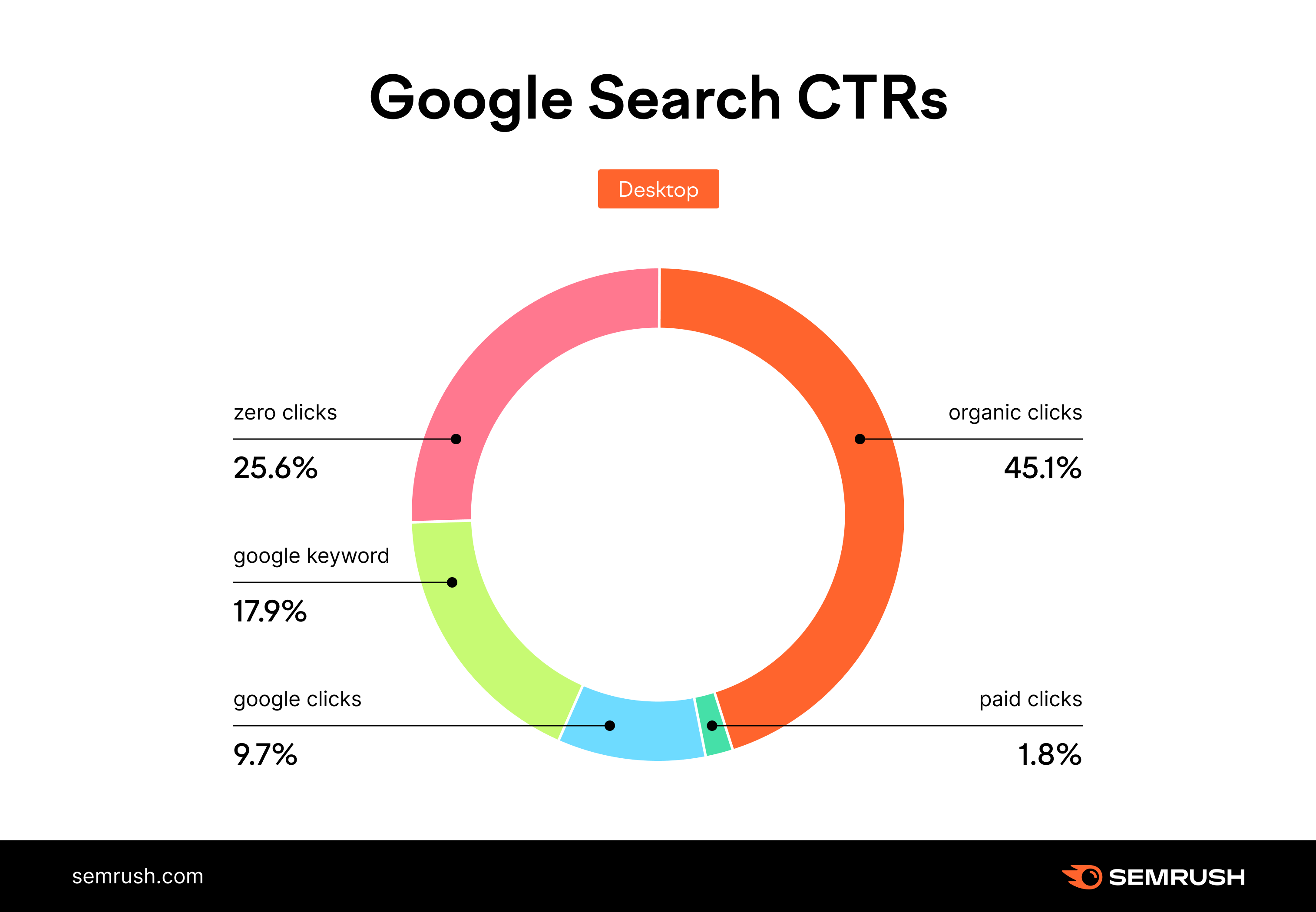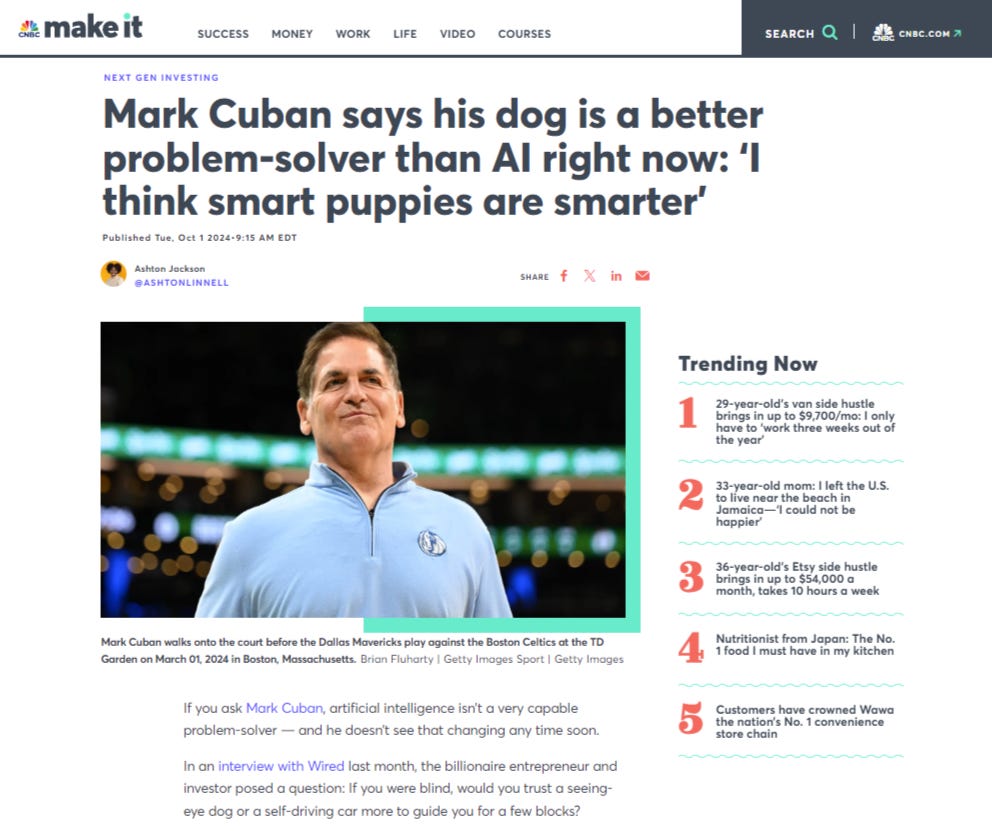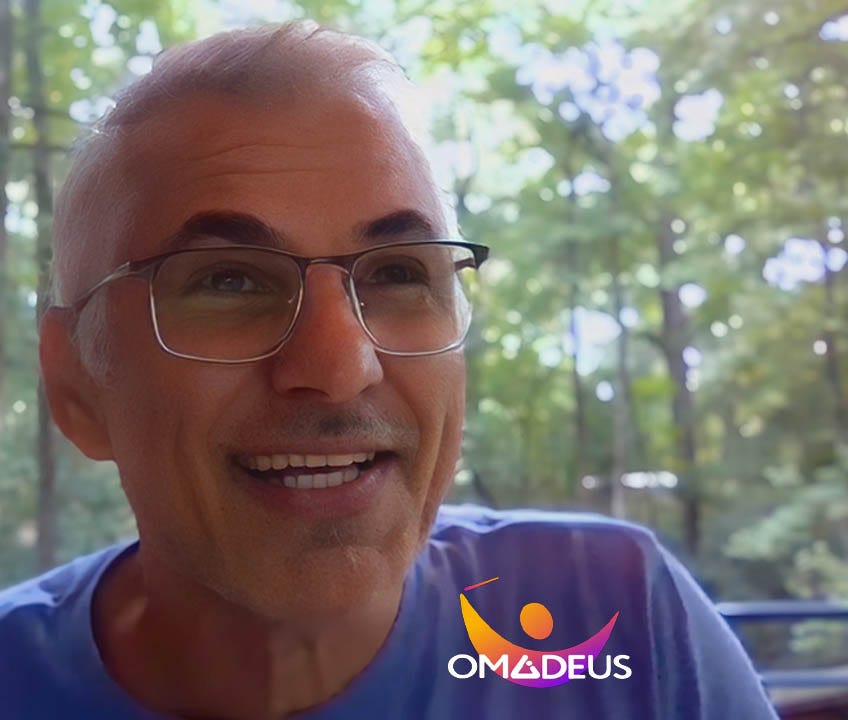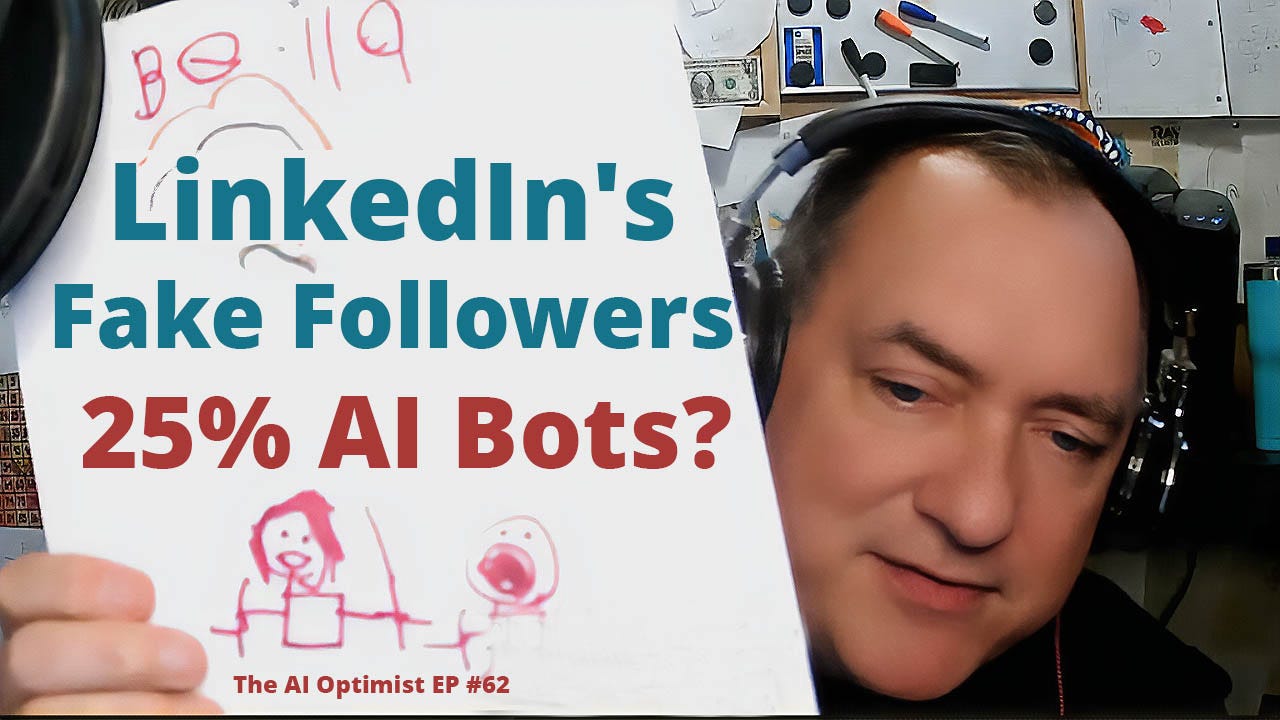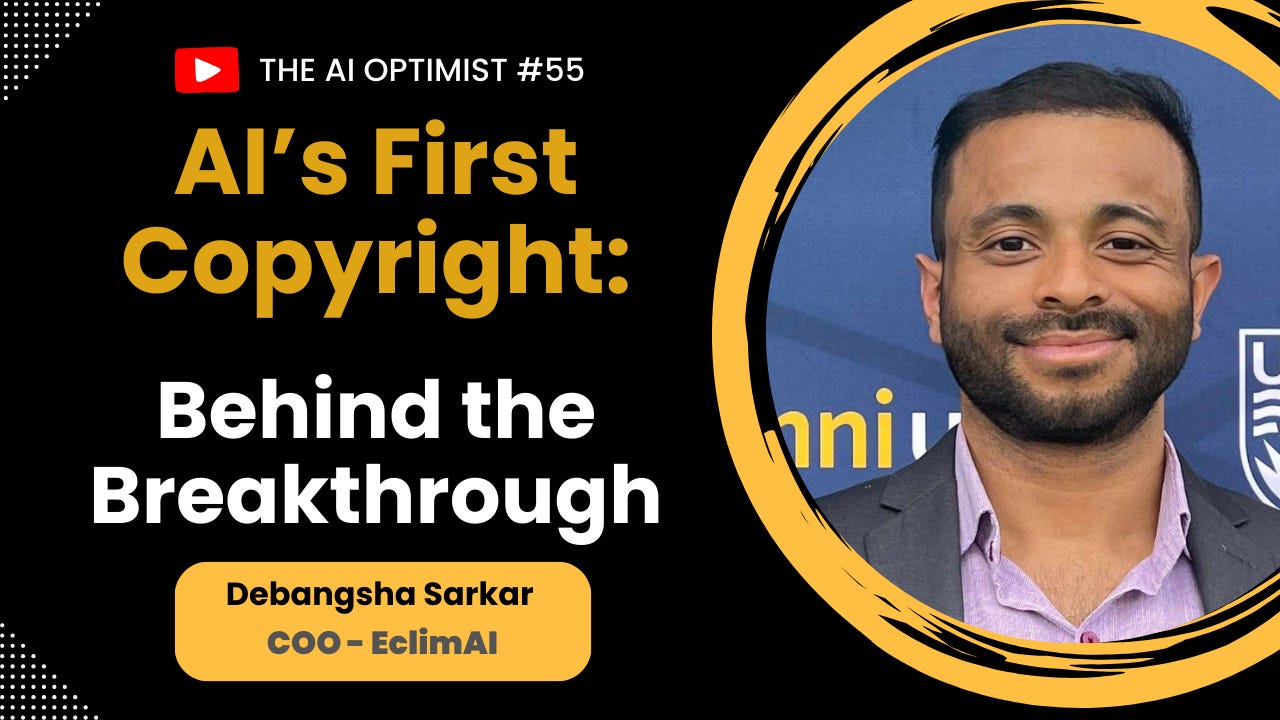AI Search Shakeup: Your GEO Victory Blueprint
Description
Mastering Generative Engine Optimization: A Guide to Getting Found in the AI Era
Feeling like your content and business is lost in AI? "The AI Optimist podcast," is ranking well on Google, but when I searched for it on AI platforms like Perplexity, it was nowhere to be found.
SearchGPT by OpenAI coming soon
It was like my content had vanished into a digital black box.
0:00 - Finding my site in the AI Black Box
1:34 - What is GEO and how does it differ from SEO?
2:59 - The GEO Report with Framework and Metrics
5:52 - GEO improves results 40% with these examples
9:41 - GEO Success Unlocked: The Essential Do's and Don'ts
12:42 - Links build GEO authority inside and outside your site
14:22 - Super Simple SEO/GEO Steps
You've optimize for search engines, build backlinks, and nail your keywords, and your content still feels like a ghost in the machine. Welcome to Generative Engine Optimization, or GEO.
GEO is the new, mysterious Zero Clicks world – people find you on ChatGPT, but they don’t click. It’s where traditional SEO rules no longer apply, and some do.
I’m going to crack open the black box and show you how to get found in this AI-driven world. Later on we’ll look at the 3 Little Steps, Giant GEO Leaps.
While it’s the early days of the AI Search Shakeup, the time is now to create your GEO Victory Blueprint.
Let’s start with the foundation.
Today content creators and businesses face a new challenge: getting found in AI-driven search environments.
\Traditional search engine optimization (SEO) techniques are no longer enough as we enter the era of generative engine optimization (GEO).
This guide will walk you through the essentials of GEO, helping you adapt your content strategy to thrive in this new AI-powered world.
1. What is GEO and how does it differ from SEO?
Understanding Generative Engine Optimization (GEO)
Generative Engine Optimization (GEO) is the next step in digital visibility. Unlike traditional search engines that provide a list of results, generative AI platforms like ChatGPT, Perplexity, and You.com offer direct answers to user questions.
Search engines give links and rankings, GEO’s are answer engines, with 3-5 responses picked from a group of sites considered “authorities”.
SEARCH finds sites and ranks them with keywords, links, and other rules.
GEO scrapes the Internet and organizes answers around questions with multiple sources, but not huge lists - usually 3-5 sources depending on the question.
It’s also useful to look up information about your personal or business brand.
This shift creates a new challenge for content creators: how to ensure your information is included in these AI-generated responses.
"You ever feel like the content you create and your business and sort of getting lost in AI? Like with this podcast, the AI optimist, it's ranking pretty well on Google.
But when I search for it on platforms like Perplexity, it's nowhere to be found. It like my content vanishes into this, like digital black box,”
highlighting the common frustration many creators face.
The key difference between SEO and GEO lies in the output. While SEO aims to rank your content in a list of search results, GEO strives to have your content cited as a source in AI-generated answers.
This new approach requires a different strategy to content creation and optimization.
"GEO. It's a new, mysterious zero clicks world. I mean, when people look for you on ChatGPT, you don't click.
Hopefully the answer is there and if there's more, they will click.
But it's where traditional search rules no longer apply. Even though honestly, some of them do."
To succeed in this new environment, it's crucial to understand how generative AI systems evaluate and prioritize information. A new GEO report introduces two key metrics:
* Position Adjusted Word Count (PAWC): This measures how visible a citation is based on the number of words associated with it in the AI's response.
* Subjective Impression: This includes factors like relevance, influence, uniqueness, and position of your content in the AI's answer.
2. Essential Do's and Don'ts of GEO Success
To optimize your content for generative AI platforms, it's important to follow certain best practices while avoiding common pitfalls. Here are the key do's and don'ts:
Do's:
* Use unique focus keywords: Choose specific, relevant keywords for each piece of content.
Example: History paper focusing on authoritative content.
* Implement on-page SEO: Optimize your content structure, headings, and metadata.
Example: GEO article page explaining this process in deeper detail.
* Include external links and backlinks: Link to authoritative sources and try to earn backlinks to your content.
Example: Excellent page on GEO.
* Ensure readability: Write in a clear, concise manner that's easy for both humans and AI to understand.
Example: LinkedIn Low Down with excellent writing and formatting.
Don'ts:
* Avoid keyword stuffing: Don't overuse keywords in an unnatural way.
* Don't ignore citations and sources: Always credit your sources and link to authoritative content. Find these on GEO and include as sources if you’re not listed.
* Avoid difficult-to-read content: Don't use overly complex language or excessively long paragraphs.
* Don't duplicate content: Create unique, original content for each topic.
Don’t forget the importance of readability:
"Don't make it hard to read. Don't make long paragraphs. Don't put really thick words.
Write at a fifth the seventh grade level and make it easy to read. And every 300 words a subhead or break it up 1 to 2 paragraphs, 1 to 2 sentences per paragraph."
3. Three Little Steps for Giant GEO Leaps
To significantly improve your content's performance in generative AI environments, focus on these three key strategies:
* Citations and linking to sources: Include quotes and links to authoritative sources in your content. This adds credibility and increases the likelihood of your content being cited by AI systems.
"So citations, text fluency and statistics are what moved 40% more views in generative engines in ChatGPT. And then in this case, the study did it in perplexity."
* Include relevant statistics: Where appropriate, incorporate data and statistics from reputable sources. This helps establish your content as informative and trustworthy.
* Use appropriate language and jargon: Tailor your content's language to your target audience and industry. While simplicity is generally preferred, don't shy away from using technical terms when necessary for your field.
Use AI tools to generate relevant questions about your topic:
"Generate ten questions about your topic. Now. Step two generate five more questions. Sounds a little weird, but they're telling ChatGPT to focus.
With questions in small groups, leading to a larger group of questions that are much better than asking for them all at once."
4. Measuring Success and Adapting Your Strategy
To gauge the effectiveness of your GEO efforts, pay attention to these metrics:
* Position Adjusted Word Count (PAWC): Monitor how many words from your content are being used in AI-generated responses.
* Subjective Impression: Assess the relevance, influence, uniqueness, and position of your content in AI answers.
* Click-through rate: While less important in the "zero-click" world of AI, still track how often users click through to your content for more information.
"You want to see how many clicks you get from the generative engines. And you then want to see if there's enough information that people don't need to click.
Because let's face it, a lot of us don't click because we've gotten enough information."
To stay ahead in the rapidly evolving world of GEO, follow this action plan:
* Educate yourself: Stay informed about the latest developments in AI and search technology.
* Audit your current content: Review your existing content and identify areas for improvement based on GEO principles.
* Implement GEO methods: Apply the techniques discussed, focusing on citations, readability, and relevant statistics.
* Monitor and adapt: Regularly check your content's performance in AI-generated responses and adjust your strategy as needed.
"Deep breaths. I know this may be a lot, but these are early days, and if you want to thrive i

